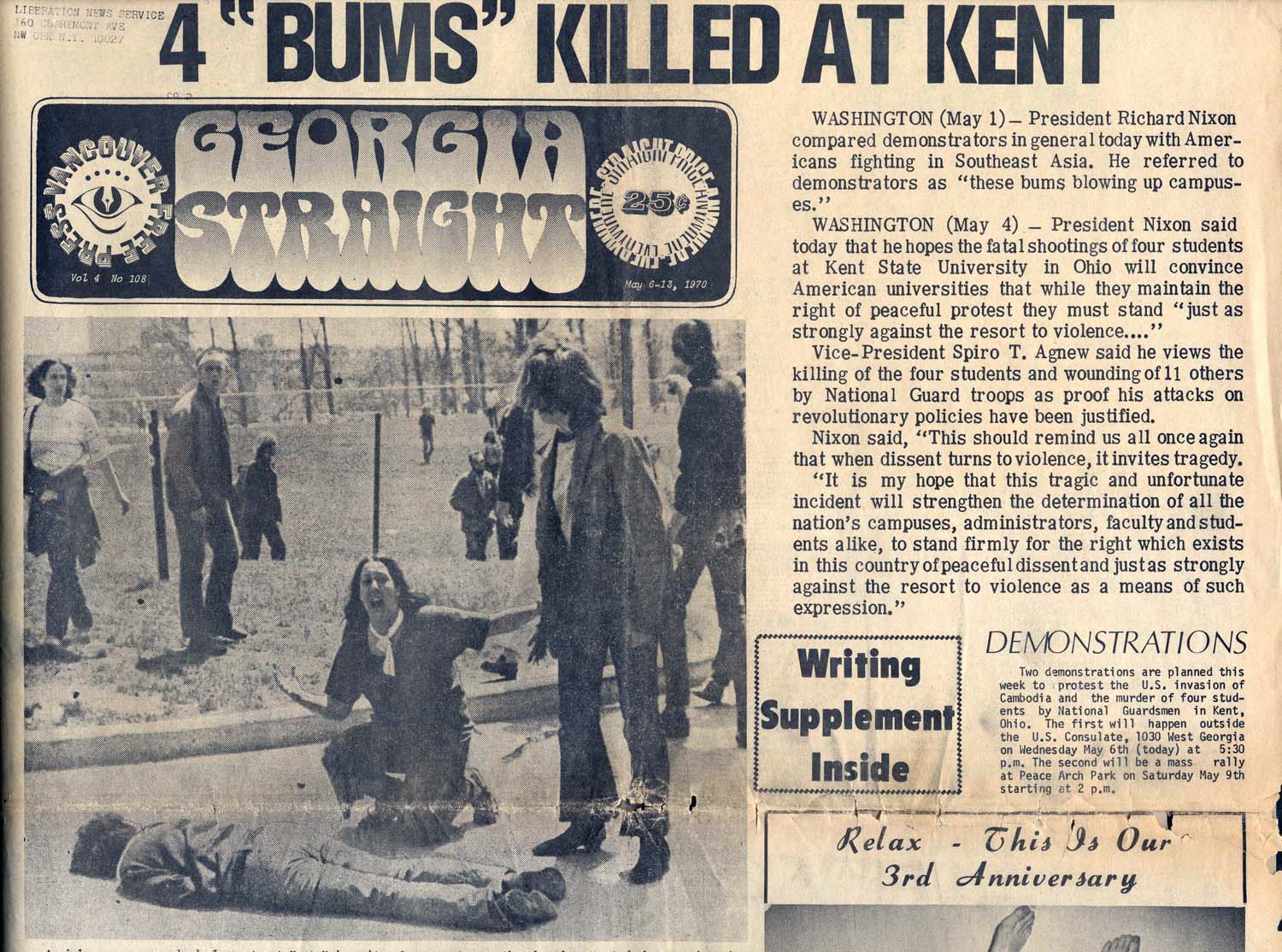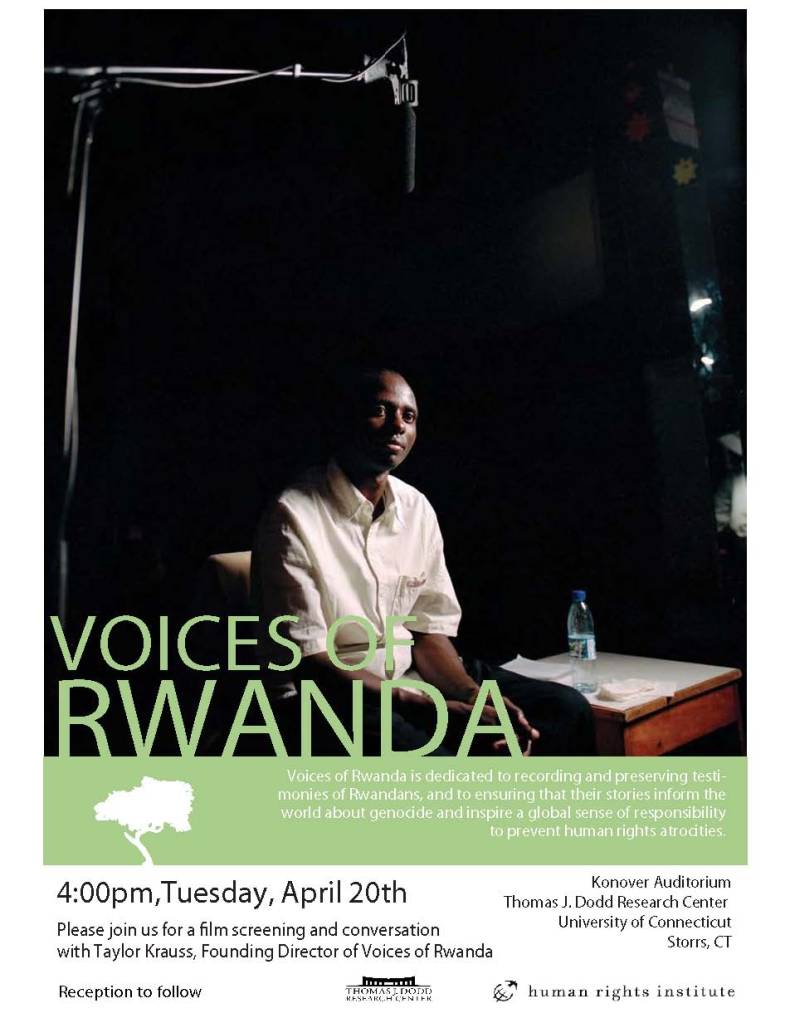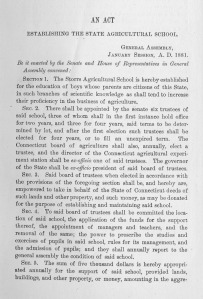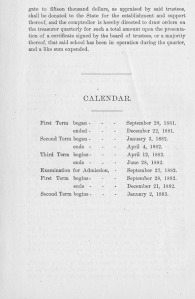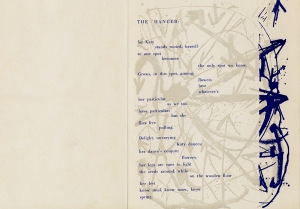
Senator Christopher J. Dodd, Whitney Harris, UConn President Michael Hogan, October 1, 2007
The Dodd Research Center is involved with many causes, none of which is more powerful than the struggle for human rights. U.S. Senator Thomas J. Dodd, for whom we are named, devoted his life to public service, the rule of law, and the rights of the oppressed. It is while serving as a member of the Executive Trial Council in Nuremberg, Germany, Senator Dodd met Whitney Harris, a lawyer in the U.S. Navy. And because of that unique connection between two men, the Dodd Research Center had the occasion to bring Mr. Harris to the University of Connecticut.
In Senator Christopher J. Dodd’s book “Letters from Nuremberg: My Father’s Narrative of a Quest for Justice,” letters from Dodd to his wife, Grace reference Mr. Harris. From these writings, we learn that the two spent much time together during trips and at official dinners. Mr. Harris even shuttled an anniversary gift back to the states for Grace. Mr. Harris attended the program in which we launched the book with a series of readings, and read the following excerpt from a letter dated June 3, 1946: “Whitney Harris has been away all weekend. He is a nice chap but not much company. He sings all the time – and is generally too young for me.” His laughter after recounting the late Senator’s words, gave the audience a glimpse of the humor and good nature that was Mr. Harris’ hallmark.
We were honored to have Mr. Harris deliver a lecture in 2006 on the 60th anniversary of the judgment at Nuremberg, where he spoke to an auditorium overflowing of students, who learned so much more from his lecture than from any text book. He joined us again in 2007, when we awarded the Thomas J. Dodd Prize in International Justice and Human Rights, an event that keeps alive the idea that the rule of law and pursuit of human rights is still a necessity.
As an archive, we know that it is through history that we can often learn about today, and we owe a debt of gratitude to all those who have gone before us and fought for what is right and true. According to Matt Sepic of St. Louis Public Radio, Mr. Harris’ experience in Nuremberg made him “a leading advocate for international law and the modern war crimes tribunals that are Nuremberg’s legacy.” We are saddened by the loss of such a true human rights activist, and extend our deepest sympathy to his family and friends.

Senator Christopher J. Dodd and Whitney Harris, April 10, 2006

l-r: Whitney Harris, October 1, 2007; Justice Robert Jackson decorating Lt. Colonel Whitney Harris (1945-46), from the Thomas J. Dodd Papers




